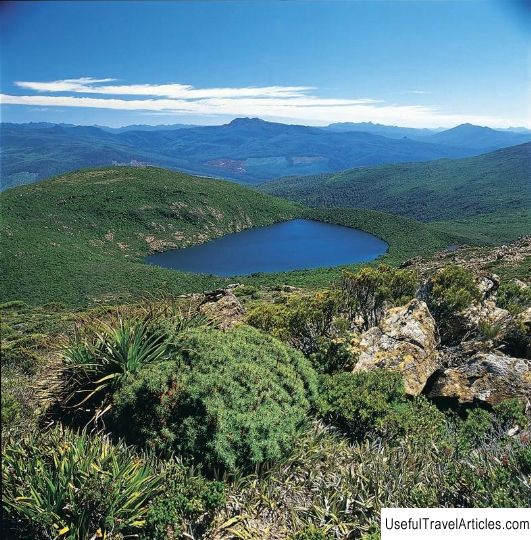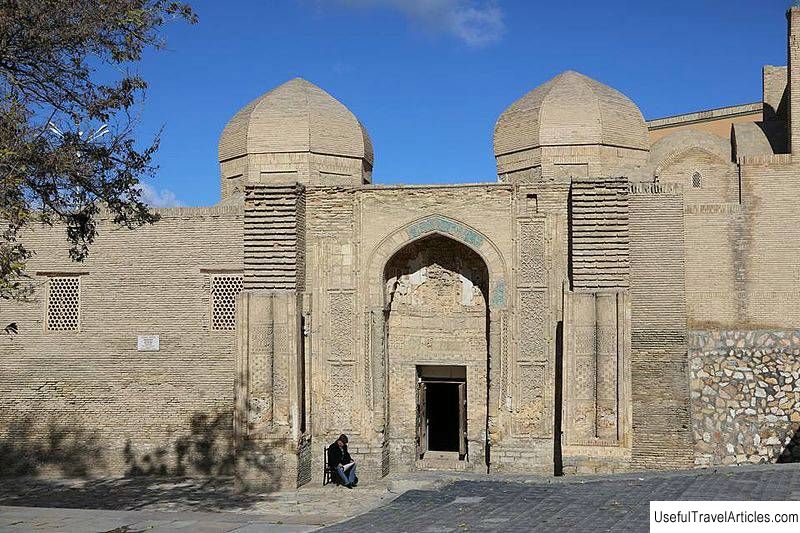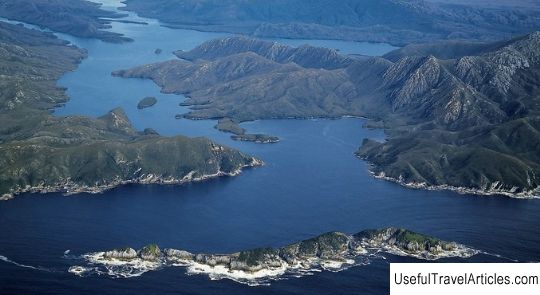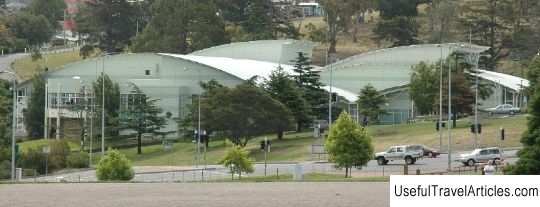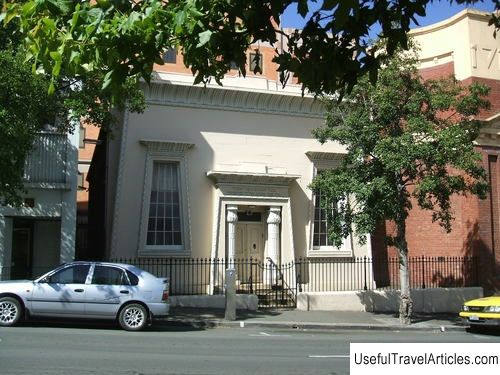South Bruny National park description and photos - Australia: Hobart (Tasmania)
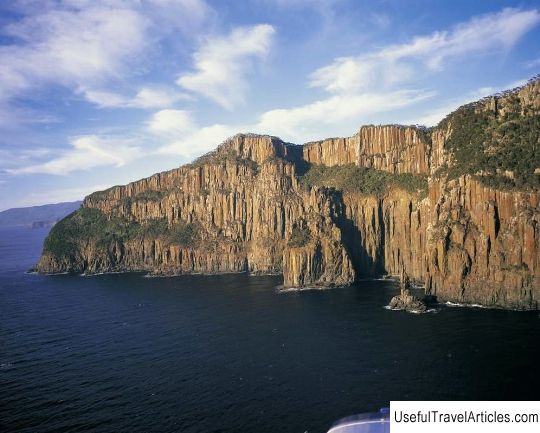
South Bruny National park description and photos - Australia: Hobart (Tasmania). Detailed information about the attraction. Description, photographs and a map showing the nearest significant objects. The name in English is South Bruny National park. Photo and descriptionSouth Brani National Park is located 50 km south of Hobart on the southern tip of Brani Island, which, in addition to its amazing landscapes, is famous for the Cape Brani lighthouse, the second oldest lighthouse in Australia. The highest point of the park and the entire island is Mount Brani (504 meters). The park, created in 1997, also includes the Labillardiere Peninsula, named after the French botanist Jacques Labillardier, who was the first to describe the flora of Australia. Most of the park's vegetation is hard-leaved plants such as eucalyptus and heather. Humid eucalyptus and rain forests are found only occasionally. The inhabitants of the park represent typical Australian fauna - wallabies, possums, red-bellied kangaroos, while there are no famous Tasmanian devils and wombats. Whales and seals live in the waters of the park. The bird kingdom is also very diverse: all 12 species of Tasmanian endemic species are found in the park, the rarest of which is the spotted rainbow bird. Little penguins and plovers can often be seen on the shore. For thousands of years, the park was inhabited by various aboriginal tribes, until in 1773 Captain Tobias Fourno discovered the safe and convenient Adventure Cove, which he named after his ship. For the next 30 years this bay was used by seafarers, including the famous James Cook. In the first half of the 19th century, whaling was carried out in Adventure Bay, and the remains of whaling stations are visible today. Despite the rapid European colonization, traces of its aboriginal past can still be found in the park: the indigenous people of the island called this area "Lunnavannalonna", and today this word can be heard in the names of two settlements - Alonna and Lunavanna. And along the coast, there are stone structures left over from the aborigines. The main thing that attracts thousands of tourists to the park is breathtaking views: giant cliffs, bird colonies, lush thickets of trees, long sandy beaches. You can see all the variety of landscapes by following one of the hiking trails, for example, to the ruins of an ancient whaling station at Cape Grass Point or to the remote Labillardiera Peninsula. Adventure Cove is ideal for a relaxing beach holiday, and Misty Cove is incredibly popular with surfers of all stripes. This bay is one of Tasmania's four median spits, which separates the Misty Bay from the lagoon of the same name.                We also recommend reading Assumption Church of the Alexander Kremlin description and photos - Russia - Golden Ring: Alexandrov Topic: South Bruny National park description and photos - Australia: Hobart (Tasmania). |
